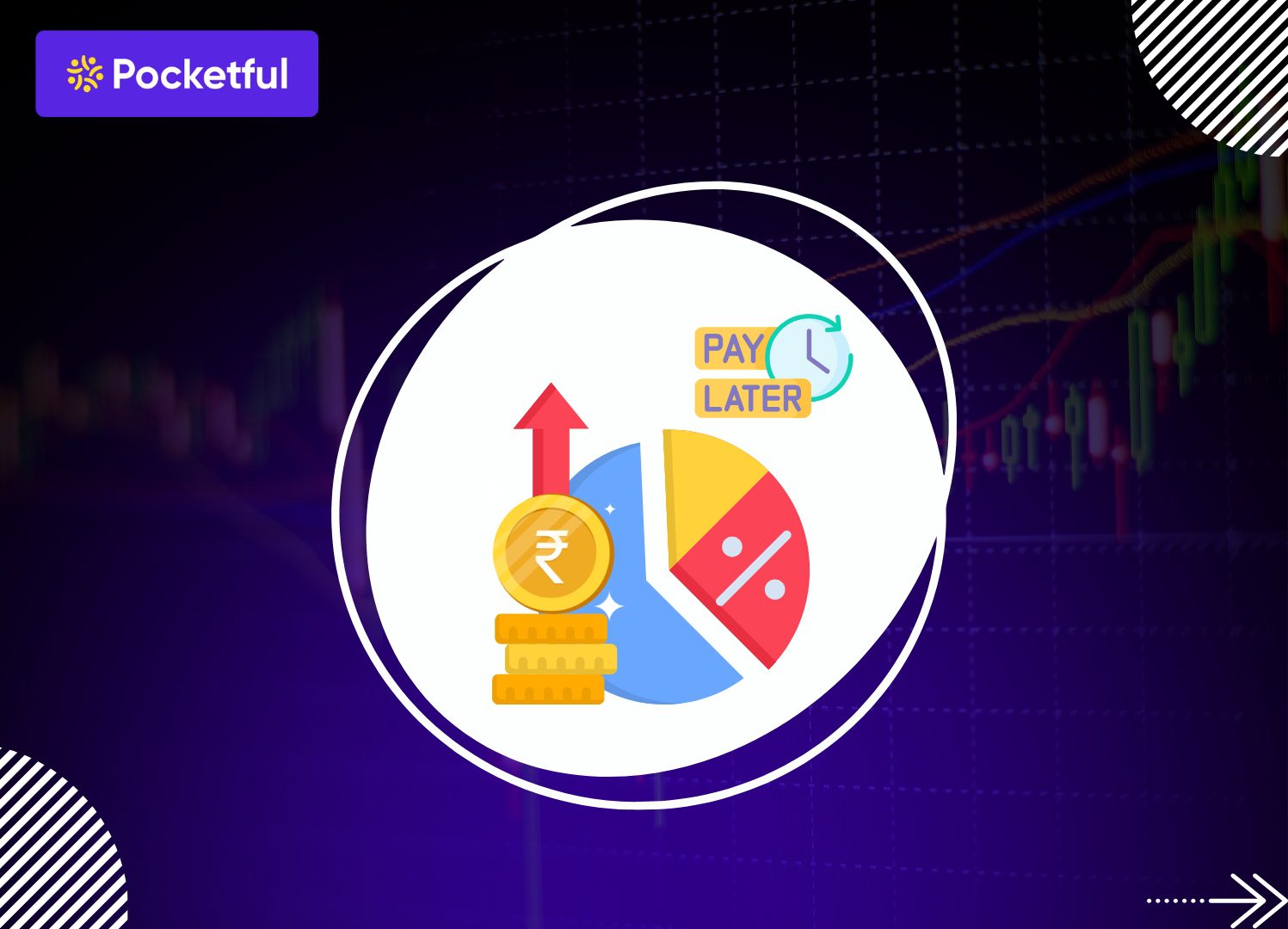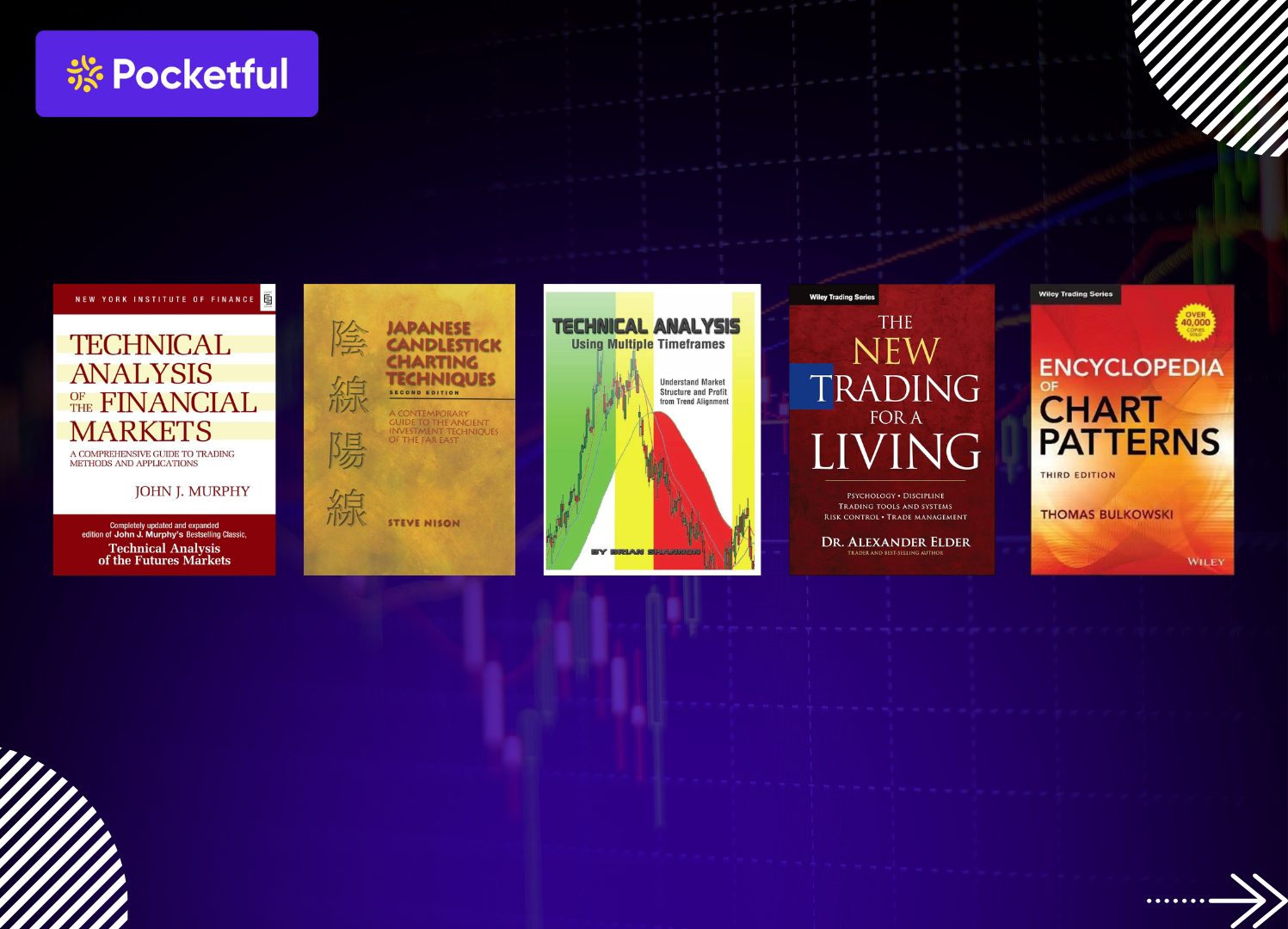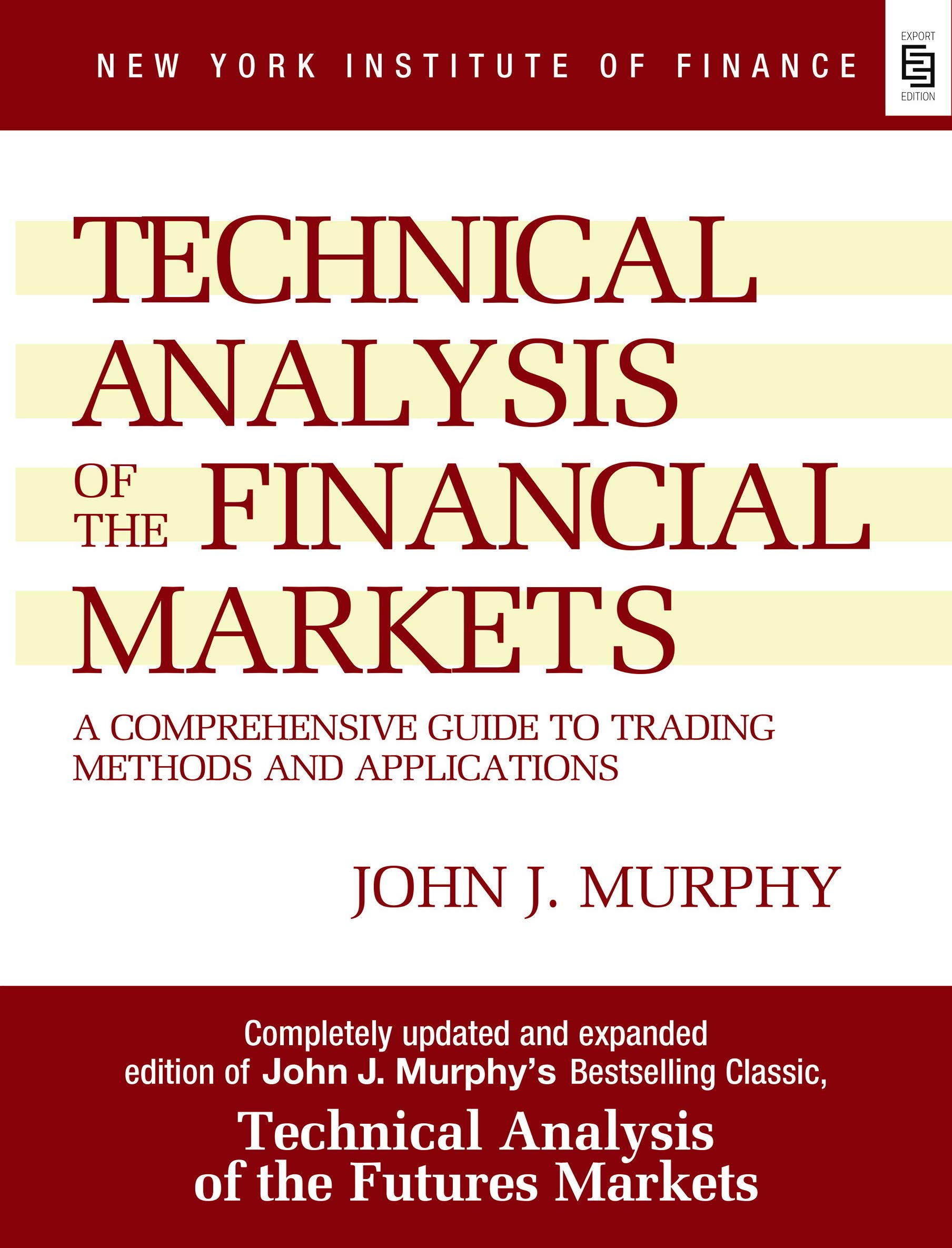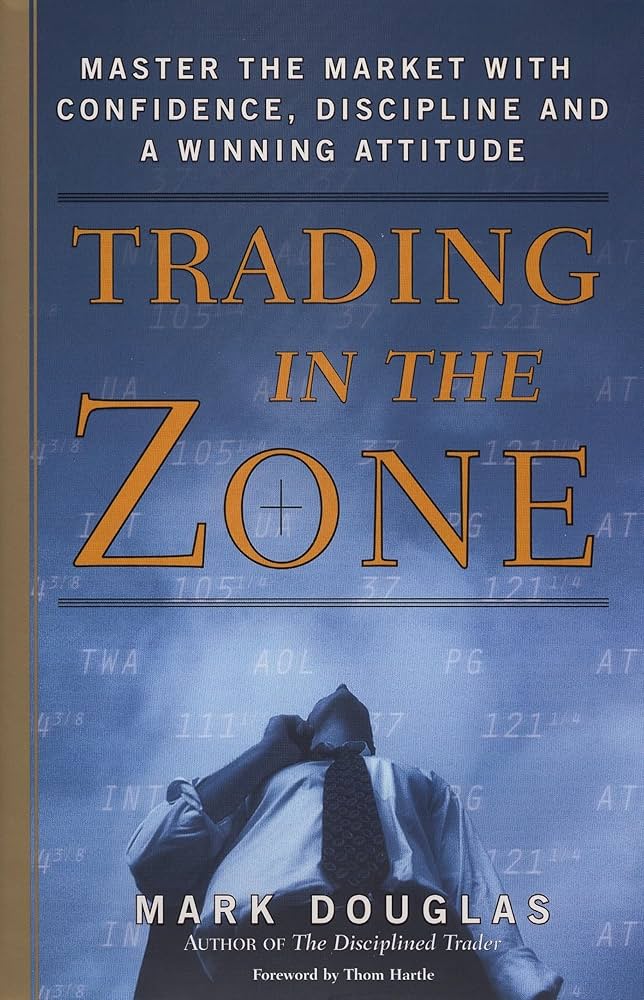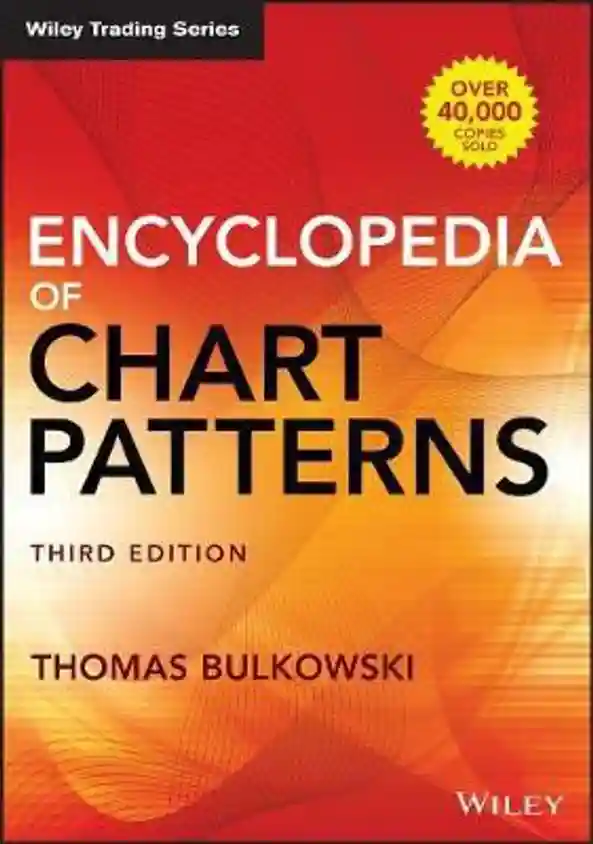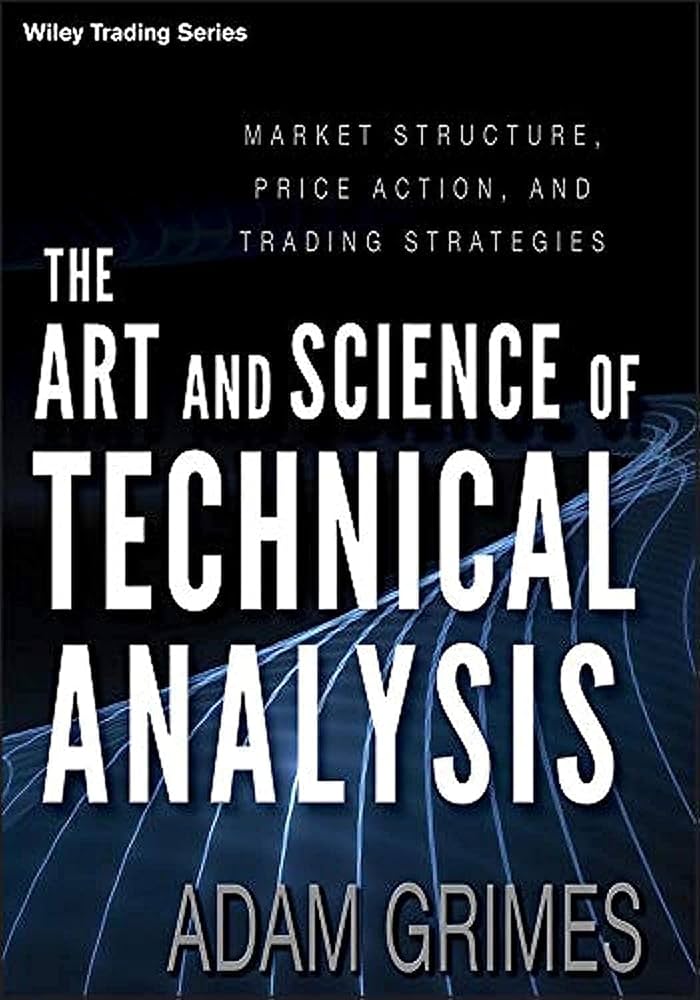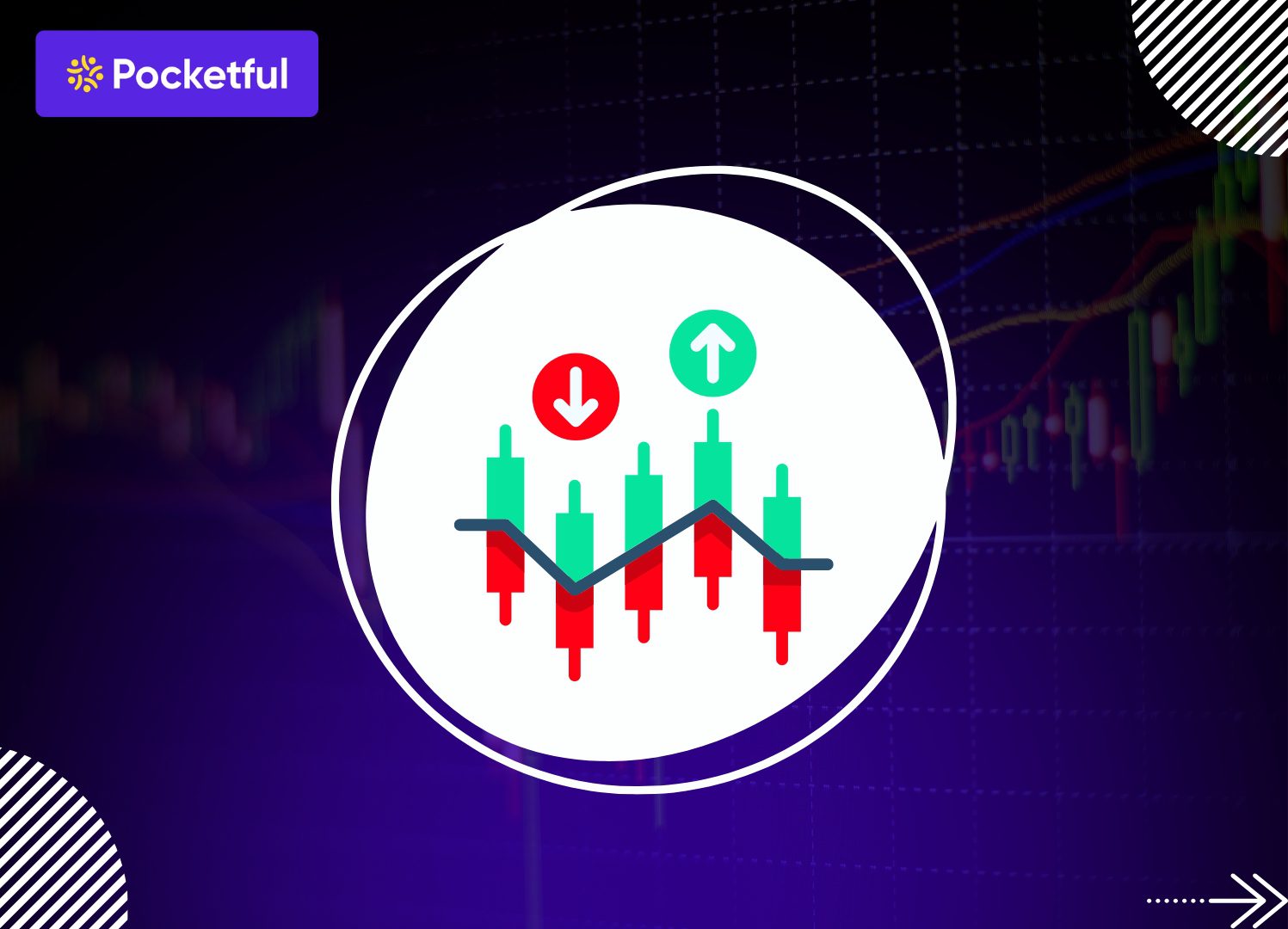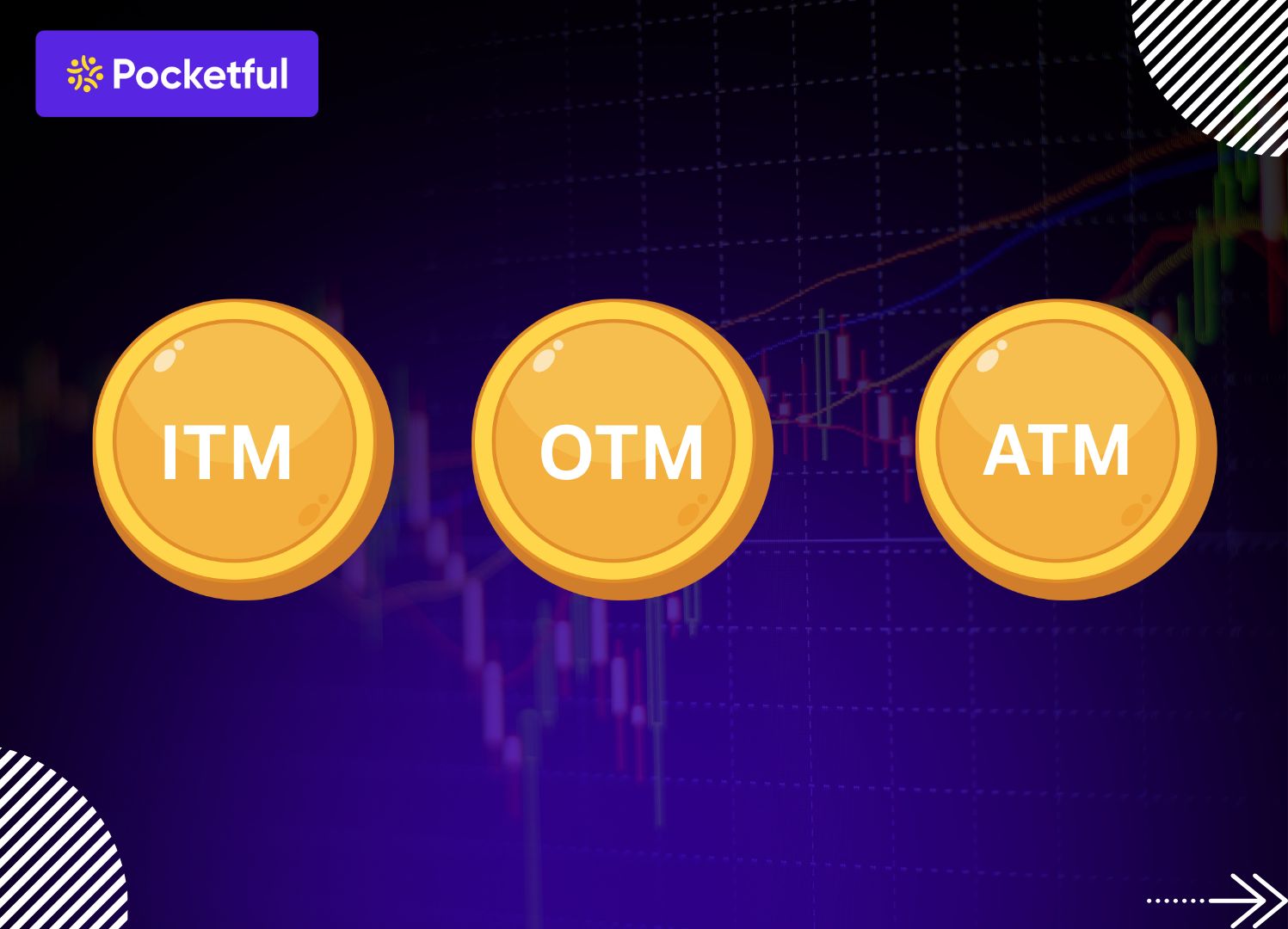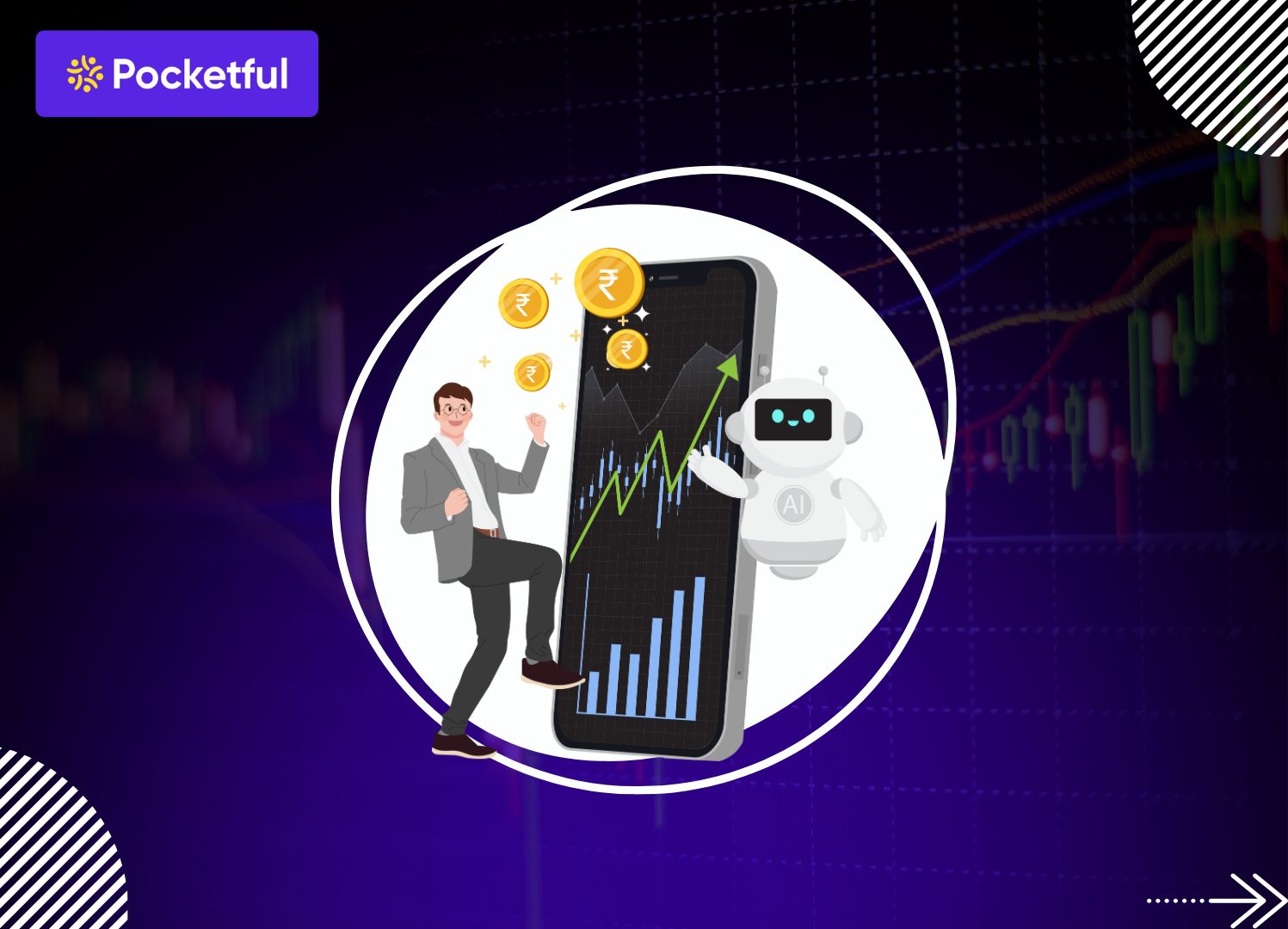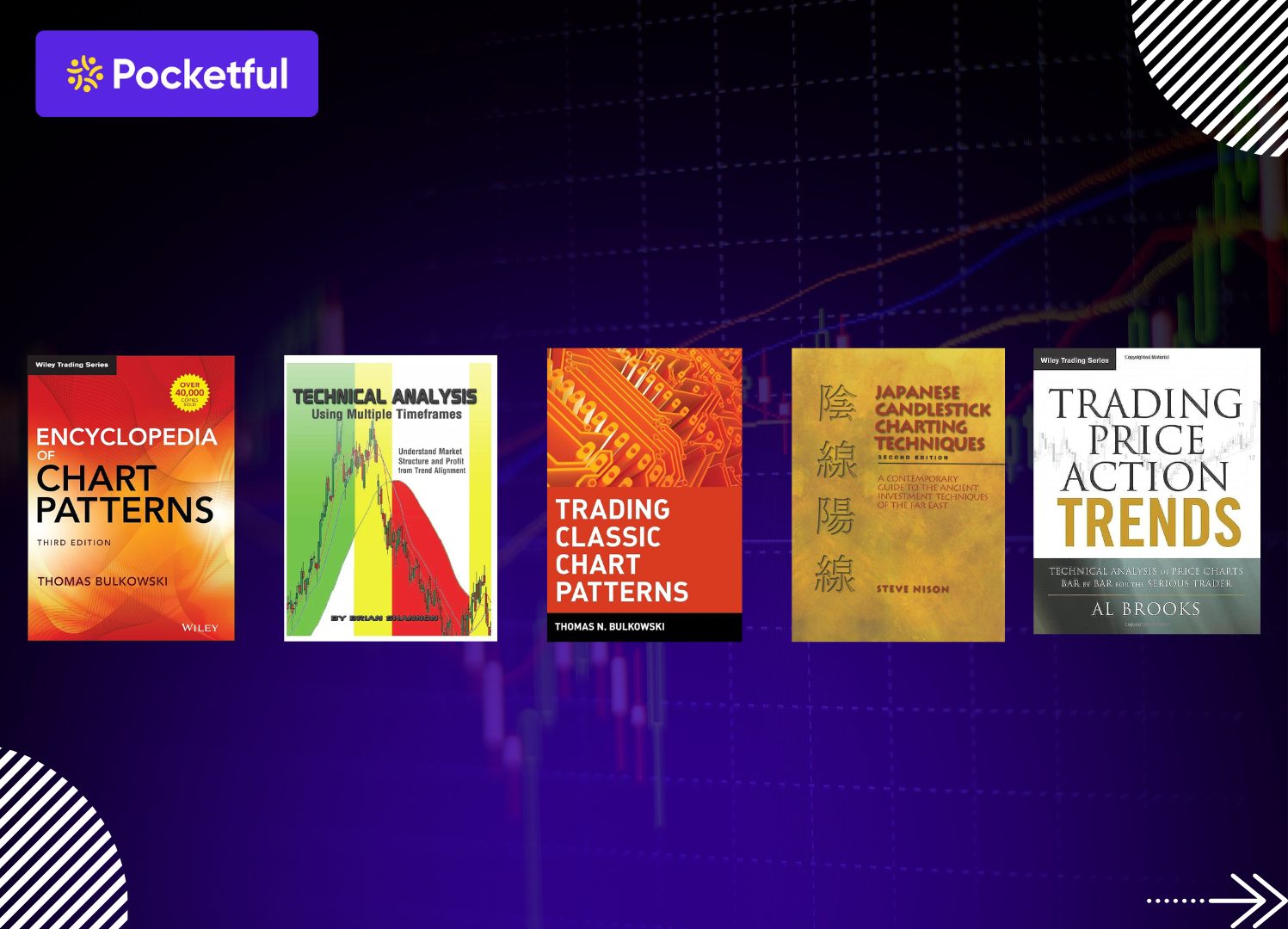When you visit the market to buy something, the process is simple. You ask the price, the seller quotes an amount, you pay and walk away with your purchase. The transaction is direct and instant. You pay on the spot and receive the goods on the spot. Simple, right?
This straightforward process mirrors the core idea of spot trading in financial markets. It’s really that straightforward. The name itself comes from making a deal “on the spot”. Imagine, if you could buy and sell tiny pieces of huge companies like Reliance or TCS, or even foreign currency, with the same simplicity? That’s exactly what spot trading is in the financial world.
What is Spot Trading?
It is the simple act of buying or selling something like stocks, currencies (forex), or even gold for immediate payment and delivery. Because you’re dealing with cash for an asset right now, it’s often called the “cash market” or “physical market”.
The price you pay is the “spot price,” which is the live market price for that asset at that very second. No single person decides this price, it’s determined by the tug of war between buyers and sellers.
While your trade happens in a click, the official background work of moving the shares into your account takes a little time. For stocks in India, this is called settlement, and it happens in T+1 (the trade day plus one more working day). As a trader, you won’t really feel this delay, you’ll see the shares in your account quickly.
The appeal of spot trading lies in its simplicity. However, while it is easy to begin, consistently making a profit is far more challenging. Achieving success requires not only knowledge but also a well-defined trading strategy and the discipline to remain calm under pressure.
How Do You Actually Make Money?
The golden rule of profiting from spot markets trading is simple: “Buy Low, Sell High”. Let’s follow a short story to understand it thoroughly.
Suppose an investor has been tracking a company, let us call it Company A, and believes in its growth potential. The live spot price of its share is ₹500. The investor decides to buy 10 shares, spending a total of ₹5,000.
A month later, Company A reports excellent results. Increased demand pushes the share price to ₹550. The investor chooses this moment to sell the 10 shares, receiving ₹5,500. The profit is straightforward: ₹5,500 (sale value) minus ₹5,000 (purchase cost), resulting in a net gain of ₹500.
This isn’t just for stocks. Let’s say you’re planning a trip to the US. Currently 1 USD is worth ₹83 and you think the dollar will get stronger. You could do an foreign exchange spot trade now to buy some dollars. If the rate climbs to ₹85 later, you’ve effectively locked in a better rate and saved money. Traders do this on a massive scale to profit from these movements.
Read Also: What is Future Trading and How Does It Work?
Advantages of Spot Trading
Spot trading offers several benefits that make it one of the most accessible and straightforward ways to participate in financial markets.
- Easy to Understand : It’s as simple as shopping: you buy it, you own it. No expiry dates or leverage to worry about.
- You Genuinely Own It : When you buy a share, you become a small owner of that company. This isn’t just a paper contract, it’s real ownership, which gives a great sense of ownership.
- No Additional Risks : The most you can lose is the money you put in. If you invest ₹5,000, that’s your maximum risk. In other types of trading that use borrowed money, losses can be much, much bigger. Spot trading keeps you safe from that.
- Fair Price : The spot price you see is the same for everyone. It is set by the market’s real time supply and demand, making it a level playing field for all.
Disadvantages of Spot Trading
Despite its simplicity, spot trading also comes with certain limitations and risks that investors should carefully consider.
- Market Risks : Simplicity doesn’t eliminate risk. If you buy a stock for ₹100 and it drops to ₹80, you’ve lost money. Markets can be volatile and unpredictable.
- Capital Requirement : To buy shares worth ₹10,000, you must have ₹10,000 in your account. This can limit how much you can trade and, therefore, how much profit you can make.
- Uncertainty : Since you’re using your own money, your profits are tied to how much you invest and how much the price moves. Building wealth this way requires capital and, most importantly, time and patience.
- Highly Market Dependent : For a beginner, the main strategy is to buy low and sell high. This means you’re generally waiting for prices to rise, which limits your opportunities when the market is down.
How to Start Spot Trading : First Steps
You can begin doing spot trading by following the steps below:
Step 1
You’ll need two key documents that are essential for almost any financial activity in India: your PAN Card and your Aadhaar Card, along with other KYC documents.
Step 2
You need a registered stock broker. Popular online brokers in India include Pocketful, Upstox, and Zerodha. You’ll open two accounts with them, which is usually done through simple online process:
- A Trading Account: Used to place your buy and sell orders.
- A Demat Account: Acts like a digital locker where your shares are safely kept.
Step 3
Once your account is open, you’ll need to add money from your bank account. You can do this easily with UPI or Netbanking. Start with a small amount of money.
Step 4
This is the most important step, before buying any share, it is essential that you do your research properly. Understand the company’s business model you’re looking to invest in and never buy a stock just because someone gave you his views about it.
Step 5
Once you’ve done your research and made a decision, log in to your broker’s app. Search for the stock, check its live spot price, decide how many shares you want, and hit ‘Buy’. That’s it! You’ve just made your first spot trade.
Factors to consider before starting spot trading
Knowing what not to do is just as crucial as knowing what to do. Here are some common mistakes to watch out for.
- Emotional Trading: When investment positions begin to show losses, it is natural for investors to experience fear. Likewise, when a stock price rises sharply, feelings of greed can often influence judgment. However, making decisions driven by such emotions can be detrimental. The most successful traders remain composed and disciplined, adhering to their predefined strategy.
- Market Rumours : Your friend, your cousin, or some expert on youtube tells you about a stock that’s definitely going to rise. The Fear Of Missing Out (FOMO) kicks in, and it’s powerful. Please, resist this urge, a hot tip without your own research is just a gamble.
- Trading Without a Strategy: Before you buy anything, you need a plan. Why are you buying it? At what expected price will you sell for a profit? And crucially, at what price will you sell to cut your losses? Trading without a plan isn’t trading, it’s gambling.
- Diversification : Never put all your trading money into one stock. Spreading your money across different investments is a smart way to reduce risk.
- Ignoring Stop-Loss Orders: A stop-loss order acts as a safety net by automatically selling a stock once it falls to a predetermined level. Trading without one exposes you to avoidable losses and unnecessary risk.
- Being Impatient: The market is not a get quickly rich scheme. Building wealth takes time, effort, and a whole lot of patience. Don’t let small losses discourage you.
- Overtrading : Many beginners feel they need to trade constantly to make money. This is a myth. It just increases your trading costs and leads to burnout. Focus on making a few smart, well researched trades.
Conclusion
Spot trading is one of the most straightforward ways to participate in the financial markets, involving the direct purchase of assets at their current market price. Its simplicity makes it accessible to beginners, but it also carries inherent risks. Just as it offers opportunities for profit, it also presents the possibility of loss. Long-term success in spot trading comes not from shortcuts or quick gains but from consistent learning, discipline, and patience. It should be approached as a steady journey rather than a race, with an emphasis on informed decisions and prudent risk management. It is advised to consult a financial advisor before investing.
| S.NO. | Check Out These Interesting Posts You Might Enjoy! |
|---|---|
| 1 | What is Commodity Market in India? |
| 2 | What is Intraday Trading? |
| 3 | What is Options Trading? |
| 4 | Breakout Trading: Definition, Pros, And Cons |
| 5 | Different Types of Trading in the Stock Market |
Frequently Asked Questions (FAQs)
Is spot trading suitable for beginners?
Yes, spot trading is normally considered good for beginners because it is the simplest form of trading to understand. You buy an asset, you own it, and your risk is limited to the amount of money you invest.
What is the minimum amount to start spot trading in India?
There is no official minimum amount to start trading. You can begin with as little as the price of a single share. Since some shares cost less than ₹100, you can technically start with a very small amount to learn and gain experience.
Can I lose more money invested in spot trading?
In spot trading, you are not borrowing any money (this is known as “leverage”). Therefore, the absolute maximum loss you can face is the total amount of money you have invested.
Can I lose more money invested in spot trading?
In spot trading, you are not borrowing any money (this is known as “leverage”). Therefore, the absolute maximum loss you can face is the total amount of money you have invested.
What is the difference between spot trading and investing?
The main difference is the time frame and intention. Spot trading often involves holding assets for a shorter period (from a few days to several months) with the goal of profiting from price fluctuations. Investing is typically a long term strategy where you hold assets for years to build wealth over time.
Do I need to keep an eye on the market all day for spot trading?
Not necessarily. While very short-term traders (like day traders) do monitor the market constantly, many spot traders who hold positions for days or weeks may only check their trades once a day or even less. You can use tools like stop-loss orders to manage your risk automatically without having to watch the screen all the time.

